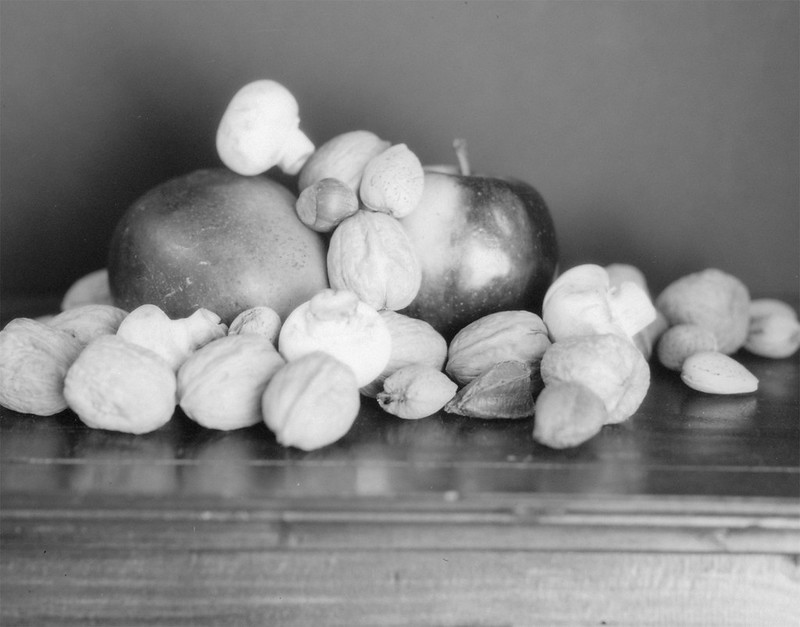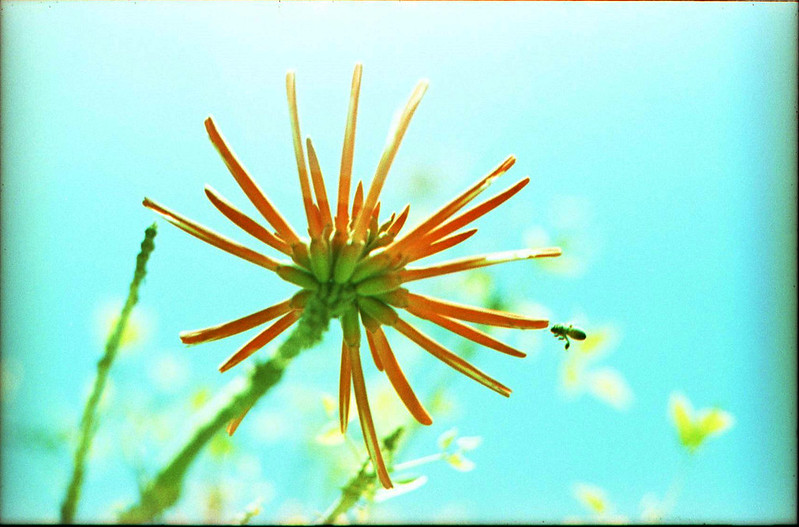 Depending on who you ask, you will get a different answer as to what 'pictorialism' means when talking in context of photography. I will offer a brief layman's understanding since it is an interesting genre to me. When photography started to become more accessible to a wider set of practitioners there was a feeling that it was not 'art', but merely documentation. For us in the 21st century, this is a bit odd and let me explain why. Today we have cameras and lenses that are capable of reproducing a scene/subject with virtual perfection. The colors are rendered precisely how our eye sees them, the edges of the in focus parts of the image are razor sharp, etc. To me that is documentarian photography. What was happening a hundred years ago was grainy emulsions paired with low-ish resolution lenses and variable processing chemistry, resulting in an image that was recognizable as a particular scene or subject, but it was soft and probably blurry from movement during the long exposure and finally it was in greyscale. Regardless of these 'imperfections', the fine artists of the day (painters, sculpters, etc.) decided that this new technology was not art. As you might imagine, photographers took umbrage at this sentiment and so began the pictorialism movement. This is what we would today call 'fine art photography' although some people hold a narrower definition. These photographers were taking photos of landscapes and flowers and still life that had practically no journalistic value and were meant solely for display. They were 'paintings' in silver halide instead of colored pigments.
Depending on who you ask, you will get a different answer as to what 'pictorialism' means when talking in context of photography. I will offer a brief layman's understanding since it is an interesting genre to me. When photography started to become more accessible to a wider set of practitioners there was a feeling that it was not 'art', but merely documentation. For us in the 21st century, this is a bit odd and let me explain why. Today we have cameras and lenses that are capable of reproducing a scene/subject with virtual perfection. The colors are rendered precisely how our eye sees them, the edges of the in focus parts of the image are razor sharp, etc. To me that is documentarian photography. What was happening a hundred years ago was grainy emulsions paired with low-ish resolution lenses and variable processing chemistry, resulting in an image that was recognizable as a particular scene or subject, but it was soft and probably blurry from movement during the long exposure and finally it was in greyscale. Regardless of these 'imperfections', the fine artists of the day (painters, sculpters, etc.) decided that this new technology was not art. As you might imagine, photographers took umbrage at this sentiment and so began the pictorialism movement. This is what we would today call 'fine art photography' although some people hold a narrower definition. These photographers were taking photos of landscapes and flowers and still life that had practically no journalistic value and were meant solely for display. They were 'paintings' in silver halide instead of colored pigments.Often these days, when you hear the term 'pictorialism', it will be attached to an image that is soft focus, out of focus, blurry or some combination of these. However, that is not necessarily pictorialism. To me the point of this style is to make something enjoyable to look at that is intentionally ambiguous or 'painterly' to some degree. It could be abstract like my photo of a puddle above or it could be well focused and objective like my image of the eucalyptus tree below.

Whatever style of pictorialism suits your fancy, give it a try. Start out with viewing some pictorialist images. There are lots of them as this movement is about 100 years old and going strong.













